
humanitarian aid." width="300" height="200" /> Refugee children help to organise the humanitarian aid.
Paris, 07 Rajab 1437/14 April 2016 (MINA) – Development aid totalled USD 131.6 billion in 2015, representing a rise of 6.9 percent from 2014 in real terms as aid spent on refugees in host countries more than doubled in real terms to, USD 12 billion, said Organisation for Economic Cooperation and Development (OECD) on Wednesday.
Stripping out funds spent on refugees, aid was still up 1.7 percent in real terms, according to official data collected by the Paris-based OECD’s Development Assistance Committee (DAC), Mi’raj Islamis News Agency (MINA) quoted KUNA as reporting.
The 2015 data showed that bilateral aid to the poorest countries rose by four percent in real terms, in line with commitments by DAC donors to reverse recent declines. Bilateral aid, making up around two-thirds of ODA (Official Development Assistance), is aid provided by one country to another country. A survey of donor spending plans through 2019 suggests flows to the poorest countries will keep rising, noted the report.
Funds spent on hosting or processing refugees in donor countries accounted for 9.1 percent of ODA in 2015, up from 4.8 percent in 2014, when in-donor refugee costs totalled USD 6.6 billion. The rise in refugee costs did not significantly eat into development programmes, with around half of donor countries using money from outside their aid budgets to cover refugee costs, it noted.
Also Read: Riyadh and Madinah Named in UNESCO’s Creative Cities Network
It carried on saying that an unprecedented 1.5 million refugees claimed asylum in OECD countries in 2015, more than a million in Europe. DAC rules allow member countries to count certain refugee-related expenses as ODA for the first year after their arrival. Three countries; Australia, Korea and Luxembourg, do not count refugee costs as ODA. Others; Austria, Greece, Italy, the Netherlands and Sweden saw refugee costs account for more than 20 percent of their ODA in 2015.
Humanitarian aid also rose by 11 percent in real terms in 2015 to USD 13.6 billion, it said.
The 2015 data shows ODA rose in 22 countries, with the biggest increases in Greece, Sweden and Germany. Six countries reported lower ODA, with the steepest declines in Portugal and Australia. Of the several non-DCA members who report their aid flows to the OECD body, the United Arab Emirates posted the highest ODA/GNI ratio in 2015 at 1.09 percent.
Only six of the 28 DAC countries – Denmark, Luxembourg, The Netherlands, Norway, Sweden and the United Kingdom met a United Nations target to keep ODA at or above 0.7 percent of GNI (Gross National Income), it concluded.
Also Read: Turkish Foreign Minister Meets Hamas Political Bureau Members in Istanbul
Despite being officially established in 1961, OECD roots go back to the rubble of Europe after World War II. Determined to avoid the mistakes of their predecessors in the wake of World War I, European leaders realised that the best way to ensure lasting peace was to encourage cooperation and reconstruction, rather than punish the defeated. (T/R07/R01)
Mi’raj Islamic News Agency (MINA)
Also Read: Saudi Arabia Reduces Umrah Visa Validity to 30 Days







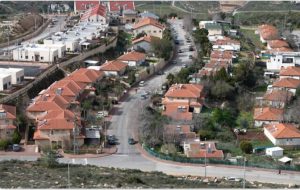
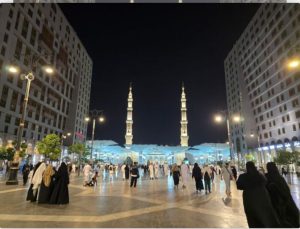

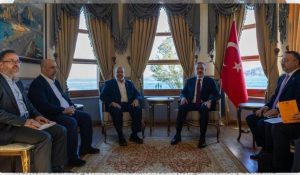
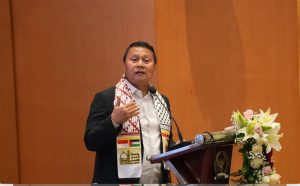
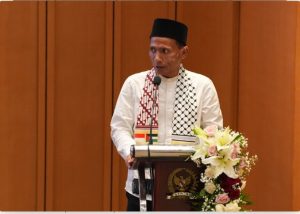


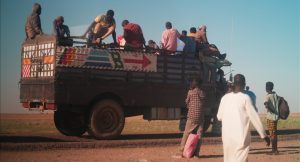





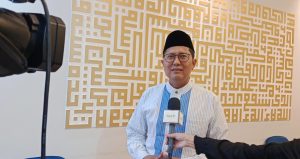






 Mina Indonesia
Mina Indonesia Mina Arabic
Mina Arabic